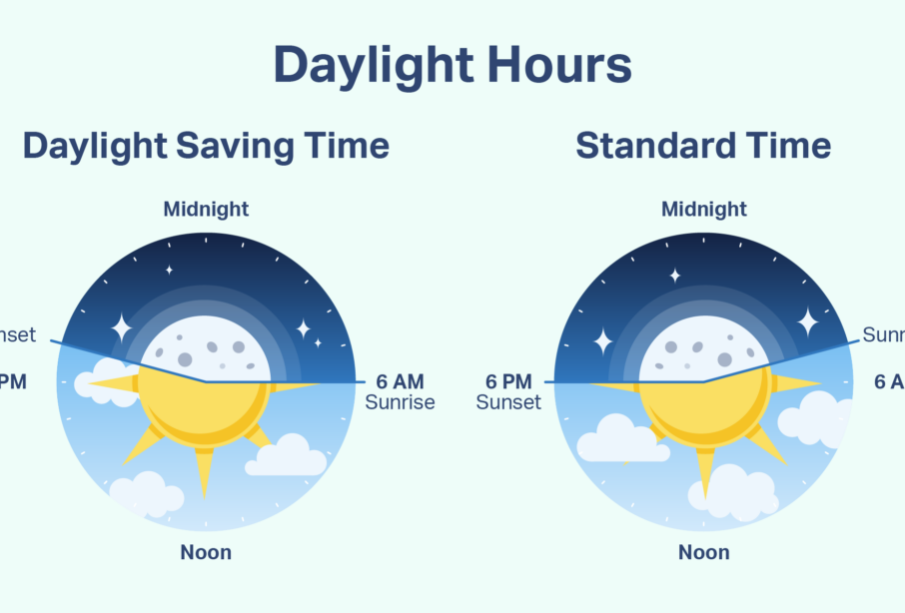The Clocks Go Back: Importance and Implications

Introduction
As winter approaches, the biannual event known as ‘clocks go back’ is once again on the horizon. This transition occurs every October in the UK, marking the end of Daylight Saving Time (DST) and the beginning of Greenwich Mean Time (GMT). Understanding this event is essential for individuals and businesses as it impacts daily routines, safety, and energy consumption.
When and Why Do Clocks Go Back?
In 2023, the clocks will go back one hour at 2:00 AM on Sunday, October 29. This shift not only means that we gain an extra hour of sleep but also signals a change in how we perceive our days. The primary reason for this practice, initially established during World War I, was to optimise daylight utilization and conserve energy. By moving the clocks back, evenings will become darker sooner, prompting the use of artificial light earlier in the day.
The Impact of Clocks Going Back
The return to GMT has several implications for daily life. Research suggests that fewer daylight hours can lead to decreased outdoor activity in the evenings, potentially affecting mental health. Conversely, some studies indicate it may reduce road traffic accidents due to the increased visibility during early mornings. The shift also prompts the public to reevaluate their routines; for instance, people often adjust their sleep schedules and evening activities.
Health Implications
Health experts warn that the sudden change in time may disrupt sleep patterns as individuals adjust to the new schedule. Reports have shown that, for some, the transition can lead to instances of Seasonal Affective Disorder (SAD) due to decreased daylight exposure. To mitigate these effects, experts recommend maintaining a regular sleep schedule, exposure to natural light during the day, and staying active.
Energy Consumption and Economic Factors
Historically, the change in time was primarily aimed at reducing energy consumption; however, its effects in modern society are still debated. While some studies indicate a potential decrease in electricity usage, others warn that the increased reliance on artificial lighting in the evening may offset these savings.
Conclusion
The event of ‘clocks going back’ is more than just a mere adjustment of time; it affects various aspects of daily life, health, and economic factors. As we approach the end of October and prepare for the shift, it’s essential for individuals and businesses to understand and adapt to the implications of Daylight Saving Time. Awareness can help ease the transition and promote a more efficient use of day-to-day resources. In the future, discussions surrounding the relevance of continuing this time practice will likely intensify as society weighs the benefits against the drawbacks.








